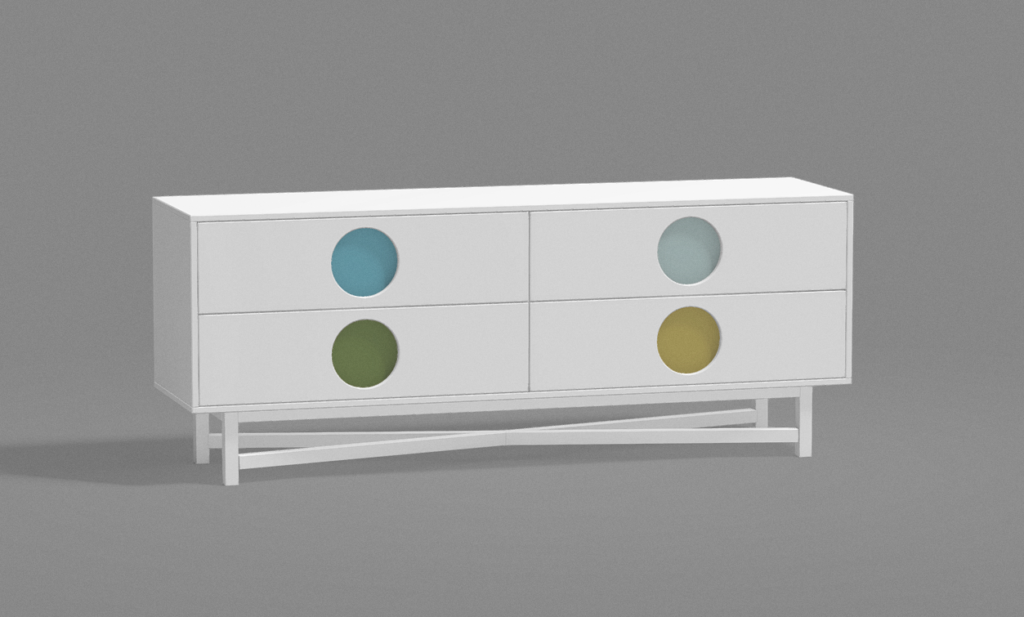In the fast-changing world of e-commerce and digital retail, the ability to visualize products in a realistic and interactive manner has been a game changer. This is particularly true for the furniture industry, where the feel as well as the appearance and feel of the item are major factors in the buying decision. The 3D configurator for products is a groundbreaking tool that has revolutionized the way furniture shoppers shop online and in retail stores.

The Rise of 3D Product Configurators
A 3D product configurator is a software that allows users to see and interact with the product from three angles. In contrast to static images, a 3D product configurator lets users rotate around, zoom in and modify products in real-time. This technology is now becoming popular in the furniture industry as it provides a lively and engaging shopping experience.
Online furniture configuration tools enhance the customer experience
One of the most significant advantages of using a furniture configurator online is the enhanced customer experience it offers. Customers can envision how a piece of furniture will look from any angle, alter colors as well as finishes, materials and colors and imagine how it will fit into their home. The interactive shopping experience is designed to make the process more enjoyable and more educated.
The 3D configurator from Virtenzo, for instance, lets customers completely alter their shopping experience, by offering breathtaking 3D details and customization options. This level interaction helps to bridge the gap between online to physical shopping and helps customers feel more comfortable in their options.
3D Interactive Furniture Configurators – Promoting Sales on E-commerce
The impact of 3D product configurators on e-commerce sales is significant. Interactive 3D visualisations have the potential to increase the conversion rate, and also reduce the number of returns. People are more likely to to purchase the product when they have a good understanding of it.
A 3D configurator enables retailers to display a vast selection of products without having to photograph and create each one. This lets retailers showcase a wide range of product variations without having to produce and photograph each one.
Immersive 3D configurators The Future of Furniture Shopping
Immersive 3D configurators will define the future of furniture shopping as technology develops. The tools are expected to advance further, adding features such as virtual reality and augmented reality to improve shopping experience.
Customers can utilize AR or VR on their smartphones to view a product in the actual setting. These innovations can help make shopping more interactive and personalized.
Implementing 3D Product Configurators: A Guide for Furniture Makers
For furniture manufacturers and retailers the idea of implementing an 3D product configurator could be daunting. The benefits are greater than any obstacles. This is a helpful guide will help you get started.
Choose the appropriate platform: Select a 3D configuration tool that meets your needs and aligns with your goals. Take into consideration features like flexibility, customization, integration, and scalability.
Digitize your objects Make high-quality 3D models of furniture items. It might be necessary to engage professionals to ensure precision.
Integrate the Configurator with your website. In conjunction with your website’s development team to seamlessly integrate the configurator with your store online. It should be mobile-friendly for customers to use on any device.
Enhance your AR/VR experience by adding AR or VR capabilities to create a more immersive experience.
Marketing your new tool: Promote your new 3D configurator through your channels of marketing. Insist on the benefits it offers to your customers and give them instructions on how to use it.
Conclusion
3D configurators for products are revolutionizing the furniture market, giving customers an experience unlike any other and increasing sales. Through allowing customers to interact with products and customise their preferences in real-time, these tools bridge the gap between online and in-store purchases and make the buying process more exciting and knowledgeable. As technology develops the integration of AR and VR will further transform the landscape, making immersive shopping experiences the new standard. It is clear that embracing this technology by furniture manufacturers and retailers is not an option but rather an imperative requirement to be competitive in today’s digital age.
